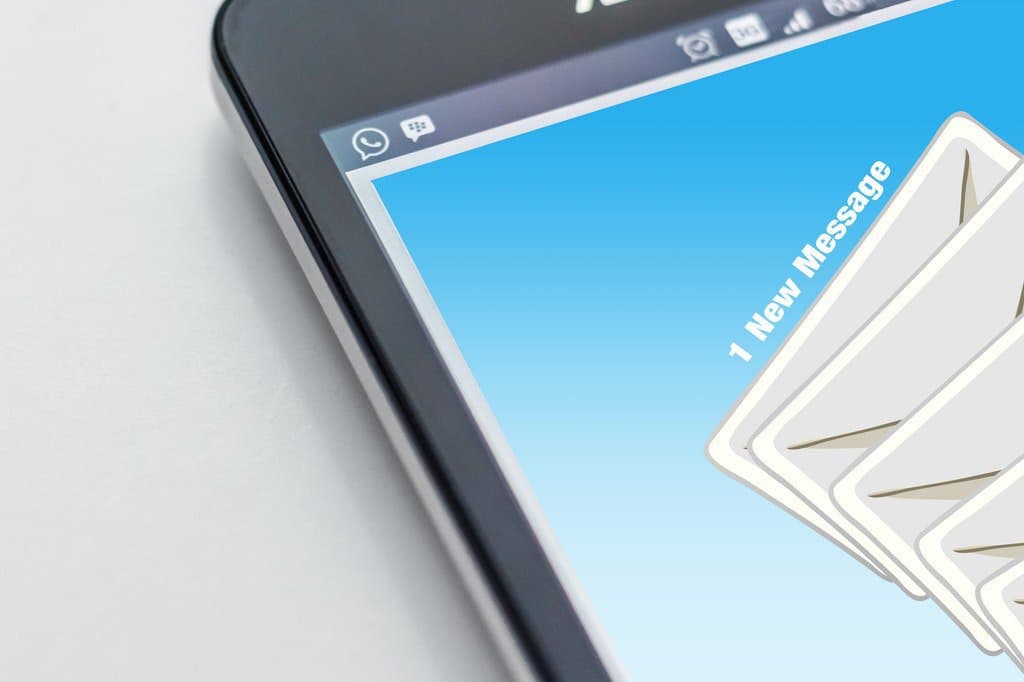Email for idiots: 7 Steps to a Better Internet
Tips
June 29, 2017
New to email? Here are 7 tips to help you get started on communicating via email.

It seems everyone has a similar story of their first email being fuzzy_bunny665@hotmail.com. Our understanding of how to use email (or how we communicate digitally) has come a long way, but it’s apparent to me that a number of people still don’t write emails very well. After many years and many more emails, I’ve figured out what makes an email useful and what makes it confusing. Here’s my attempt at cleaning up the internet:
#1 Make your subject searchable.
Some of us receive 100’s, if not 1000’s of emails a day. And most of the time they’re tabled until they can get the right attention. Yes, there are ways of starring and labelling emails. But if you want your email to be opened and found not only today but later down the road, make the subject line make sense and be searchable.
#2 Say hello.
This might seem pretty obvious. If you don’t address who you’re speaking to at the start of your email, you’re laying the groundwork for a very cold experience indeed. Here is where you get to be human and ensure that your personality and relationship are clear.
#3 Frame purpose.
What the hell is this thing all about? There’s nothing worse than reading a stream of consciousness and not knowing what you’re supposed to get out of it. Anyone who’s gone through grade school understands the basic premise of an essay. My dad’s advice is ringing through my head right now: “Tell em’ what you’re going to tell em’, tell em’, tell em’ what you told em’”.
#4 Be direct.
What are you trying to achieve? This is your opportunity to share your goals, thoughts, opinions and action items, as well as define what you’re expecting out of your recipients. Never assume the receiver of your email is going to read between the lines and predict what you’re thinking. If you want the receiver to do something, ask them to do it, without being a jerk—no one likes a jerk.
#5 Format!
I can’t stress this enough: use bullet points! Separate sections and bold stuff that you want to stand out. Making sure your email is easy to scan is critical.
#6 Wrap it up.
Whatever feelings or actions you're aiming to spur in your reader, this is where you craft your lasting memory. Summarize what’s happened and let them know what is supposed to happen next. Most mix-ups happen when assumptions get in the way of clear communication.
#7 Share your deets.
It’s called a signature, but it’s so much more than that. The bottom of your email should have the same information that your business card has. Make it easy for someone to get in touch by including the basics:
First and last name
Title/position in your organization
Phone number/s
Website (either typed out or linked through your logo)
Address (if people need to find your physical location)
Branding (so your colours, logo and visual efforts become associated with your communication)
Your signature doesn’t need to be cray cray, and including social media links or promotions in your email signature can be defined by your marketing objectives.
Emails can be super simple... or a complete mess. As a method of communication, they’ve been around since before the first internet troll, so this isn’t breaking news. Remember, email is just a part of the puzzle. Nothing truly beats real human interaction, and if you’re expecting to share some core emotions that emojis simply cannot emulate, pick up the phone or organize a meeting.
Email apps we love: